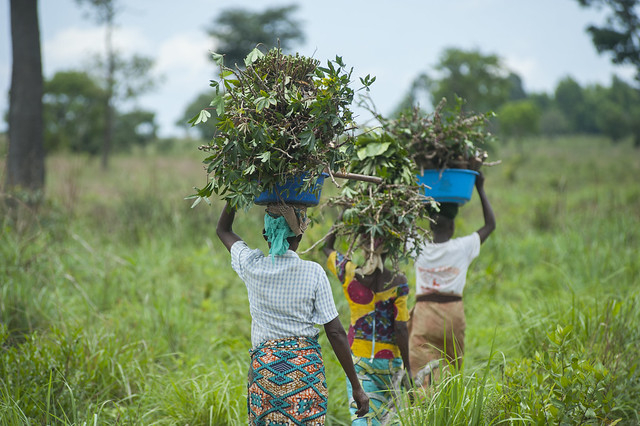The Process of Ending Hunger in the DRC

The ongoing conflict in the Democratic Republic of Congo (DRC) has forced many people to abandon their livelihoods, preventing them from making a living to provide for themselves and their families. According to the World Food Program, the Democratic Republic of Congo ranks second in the list of countries facing the world’s worst hunger crisis. Approximately 15.6 million people are food insecure in the DRC our of a total population of 86 million. Additionally, hunger in the DRC is causing many children in the country to suffer from malnutrition. Approximately 3.4 million children are acutely malnourished.
The Situation
Conflict Prevents Progress
Many children are suffering in the Democratic Republic of Congo from lack of food. Child malnutrition is one of the leading underlying causes of death among children under 5. The child mortality rate for those under 5 is 88.1 deaths per 1,000 live births. To help fight against malnourishment and hunger in the DRC, the World Bank is spending $502 million through credit and grants to help finance the Multisectoral Nutrition and Health project.
Organizations Helping During the Food Crisis
The Democratic Republic of Congo is a country endowed with rich resources and good arable land. However, constant conflict in the region has made it difficult for families to make a living. Perhaps help in the form of money and humanitarian efforts will allow the DRC to take steps in the right direction.
– Joshua Meribole
Photo: Flickr
